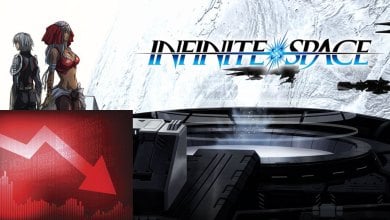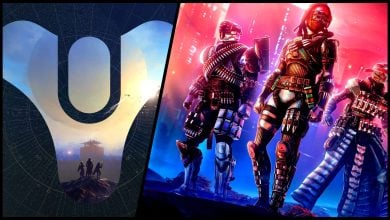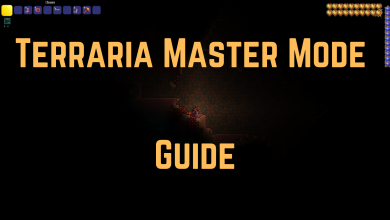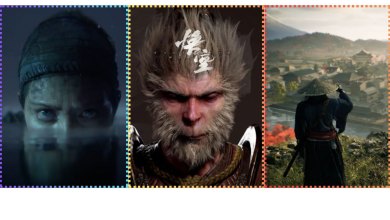Story Highlights
- Bounty star’s farming, cooking, and resource management are entirely optional systems.
- There are currently no plans for a Nintendo Switch or Switch 2 version.
- We spoke with Ben Ruiz, Creative Director at DINOGOD, via email.
Bounty Star combines gritty mech combat with reflective downtime that asks what survival looks like after the end of the world. The game centers on Clementine McKinney, a war veteran turned bounty hunter, as she pilots her mech through hostile deserts and morally gray choices.
At its core, Bounty Star isn’t about endless destruction but about rebuilding a sense of purpose. Through a mix of tactical bounties and mechanical customization, it balances combat intensity with moments of stillness. To dive deeper into the game’s philosophy, I interviewed Creative Director Ben Ruiz over email and discussed everything from mechanics to future console plans.
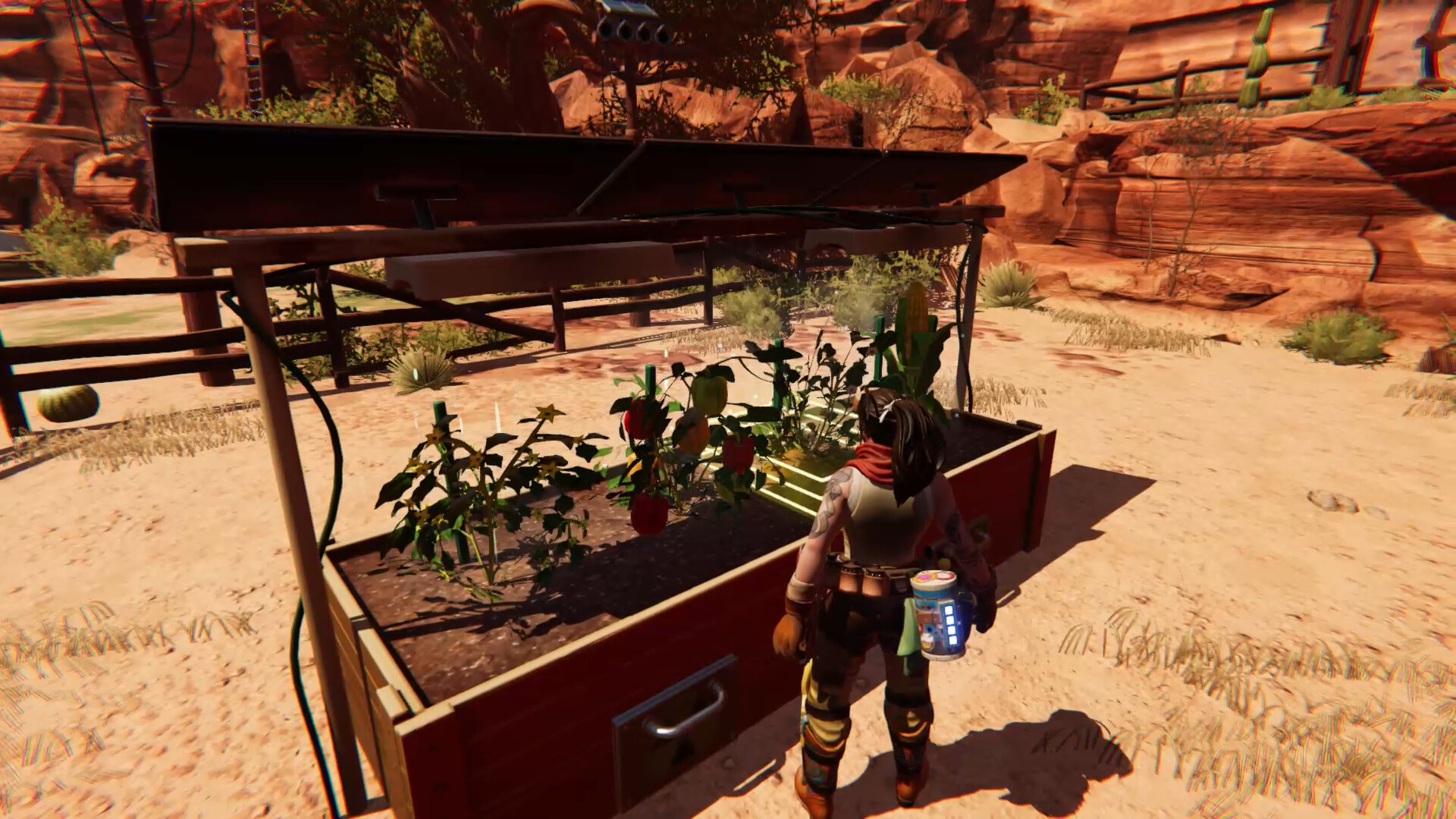
Most certainly, the other mech combatants. We wanted them to promote a proper mech brawling feel, but we also didn’t want them to be showstoppers, so group fights could happen.
Total freedom. The only restrictions are the systems you simply haven’t obtained yet. The game even offers a loadout change on the game-over screen, so you don’t have to return to the garage if you wish. Additionally, a system you will build in the first act allows you to carry two loadouts into any bounty, and you may switch freely.
Zero randomization, that’s just not our style. But every bounty in the game (and there are a little over 50) can be replayed, and each one has a set of bonus objectives that range from time trial, specific loadout, capture count, etc.
The world of Bounty Star is based hugely on the American Southwest deserts – specifically Monument Valley, which rests on the border of the Sonoran and Great Basin deserts. Our focus was on capturing the beauty of those biomes, not on the wasteland component, so that solved itself organically. It simply doesn’t look or feel like a wasteland.
We didn’t! They are chores, no doubt about it. The point of the non-combat activities was to show you what that life looks like, and to let the player take a breather from our tense and aggressive combat gameplay. But – they are also hugely optional. Doing them saves you time, money, and lets you buy all the fun combat systems quicker.
We didn’t! Some people like repeated combat without taking a breath, and some people don’t. The garage systems are there if you want to indulge in a change of pace and / or min-max your mech, but again, they are optional.
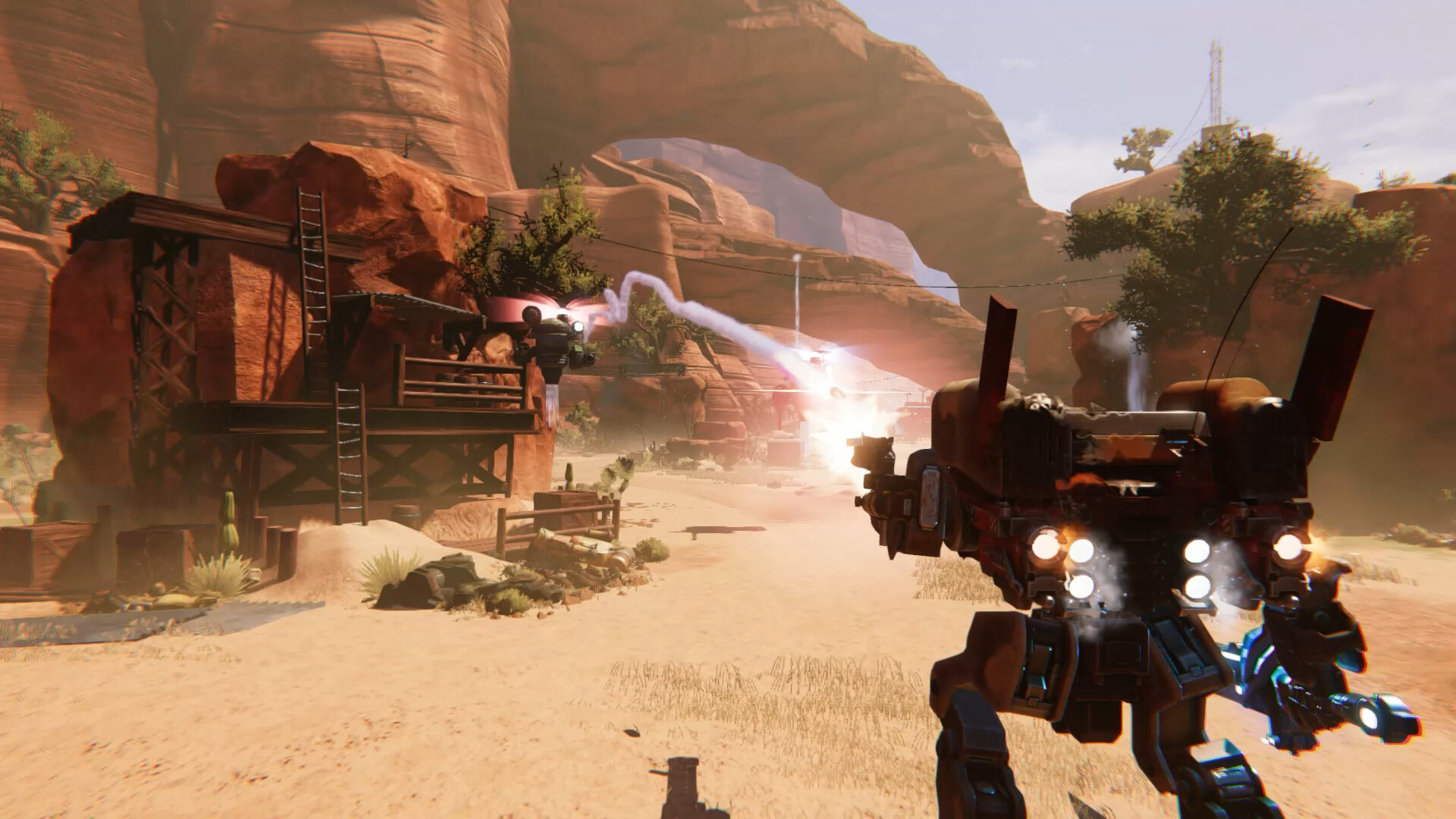
Not really! Bounty Star was pretty sensibly pre-designed, and I worked really hard to keep it on schedule, knowing it would inevitably get off schedule because that’s how game development goes. But almost everything we wanted to do made it in, and a lot more.
Truthfully, it’s all kind of the same to us. Each platform has its pros and cons, and they all wash out to the same general intensity of headache. Haha! I wouldn’t call any out as more or less challenging. And as of now, no Switch 1 or 2 plans.
I’m generally receptive to feedback from the people who lend me money to make big, incredible things. So yes, of course it did, by design. I want them to be able to successfully sell our game.
With that being said, Annapurna Interactive is extremely respectful, supportive, and generous, and working with them generally feels like a collaboration, as opposed to “intaking orders from above”. I will work with them forever if I can help it.
DINOGOD was made by a lightly evolving and shifting squad of 3-7 full-time geniuses.
Well, they’re all geniuses, I’m just an annoying director with debilitating hyperfocus. Haha!
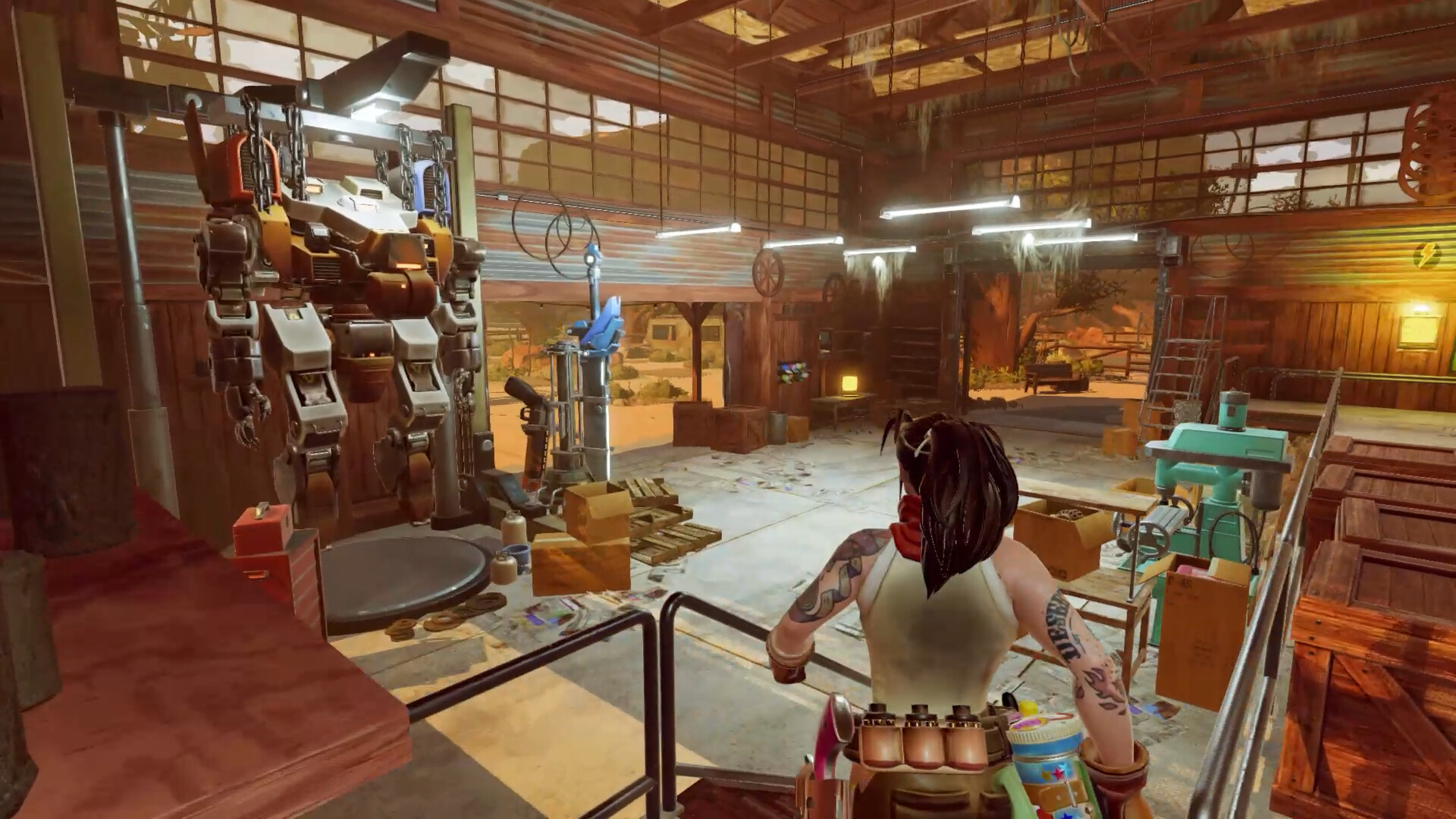
Bounty Star is an action-adventure mech combat game developed by DINOGOD and published by Annapurna Interactive. It will be released on PC, PlayStation 5, and Xbox Series X|S on October 23, 2025. We appreciate Ben Ruiz for answering our questions and Jacqui Collins for helping us.
Thanks! Do share your feedback with us. ⚡
How can we make this post better? Your help would be appreciated. ✍
